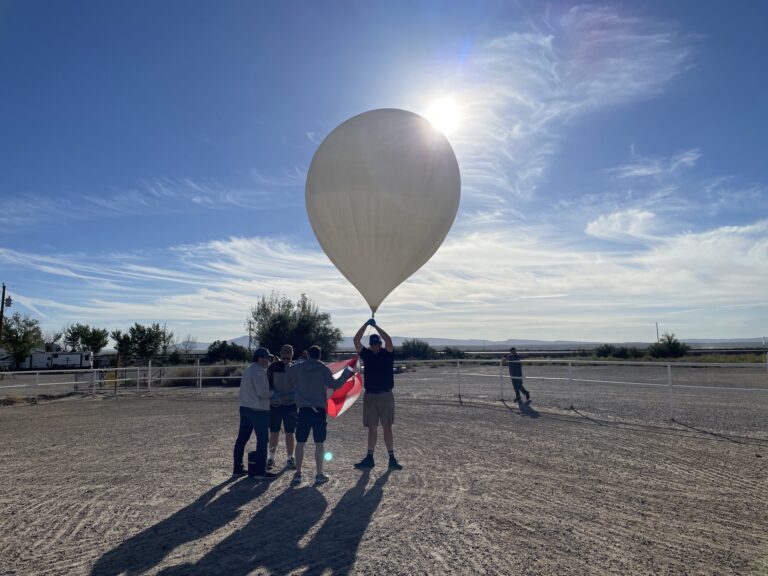GMRS vs Ham Radio: Determining the Right Choice for You

If you’re interested in radio you may have heard of the General Mobile Radio Service (GMRS) and ham radio. These two popular radio communication services have unique advantages and purposes depending on what you’re hoping to accomplish. We will delve into the differences between GMRS and ham radio, explore their nuances and help you decide which radio service is best for you.
General Mobile Radio Service (GMRS) Overview
GMRS is a licensed radio service that operates on designated frequencies in the Ultra High Frequency (UHF) range. GMRS is widely used for short-range, two-way communication, typically spanning a few miles. The system is popular among families, businesses, and recreational users who need reliable communication within a limited range.
GMRS Licensing and Equipment
GMRS requires a license issued by the Federal Communications Commission (FCC). No exam is needed which makes it uniquely different than amateur radio, but a fee must be paid for your GMRS license which lasts 10 years. Licensees are allowed to communicate with other GMRS users, and their immediate family members can also use the service under the same license. The ability for immediate family to use a GMRS license is also an important distinction that you don’t get in amateur radio.
GMRS radios are readily available and can be purchased off-the-shelf from various retailers with pricing falling between $40 – $300 depending on the radio. They come in handheld, mobile, and base station configurations, and many models are also able to be used on Family Radio Service (FRS) frequencies.
Advantages of GMRS
The primary advantage of GMRS is its simplicity and ease of use. With a valid license, users can quickly communicate over short distances without the need for extensive technical radio knowledge. Additionally, GMRS radios typically have higher power output than FRS radios, allowing for slightly better range and signal penetration through obstacles like buildings and trees. The difference won’t be massive — but GMRS should work a little farther than FRS based on allowable power output.
Ham Radio Overview
Ham radio, also known as amateur radio, is a hobby and service that brings together people from all walks of life to communicate, experiment, and provide emergency communication during disasters. With a vast range of frequencies and modes available to licensees, ham radio operators can communicate locally, nationally, and even globally depending on the frequencies being used.
Ham Radio Licensing and Equipment
Obtaining a ham radio license requires passing an examination that tests your knowledge of radio theory, regulations, and operating practices. There are three license classes provided by the FCC in the United States: Technician, General, and Extra, each with increasing privileges.
Ham radio equipment can range from simple Handheld Transceivers (HT) to more sophisticated setups of mobile radios or base station radios. The choice of equipment depends on the operator’s interests and the specific frequencies and modes they wish to use to communicate.
Advantages of Ham Radio
Ham radio’s primary advantage lies in its versatility and global reach. Operators can communicate with people from all over the world, experiment with various radio modes and technologies, and provide valuable assistance during emergencies. Additionally, the ham radio community fosters a culture of continuous learning, skill-building, and camaraderie among its members that you don’t find as much with GMRS.
Which is right for you?
Ham radio is a much more in-depth and technical culture focused on experimentation and learning. It also offers a wide range of Radio Frequency (RF) modes and methods whereas GMRS is a very small number of frequencies and modes. GMRS is designed to be easy for anyone to pick up a radio and use it to aid in short-range communication in circumstances like ATV’ing/off-roading, hunting, hiking, etc., with little to no technical knowledge. Amateur radio is focused on lifelong learning and experimentation with RF where operators should push themselves to become proficient radio operators.
Which one will you choose?




